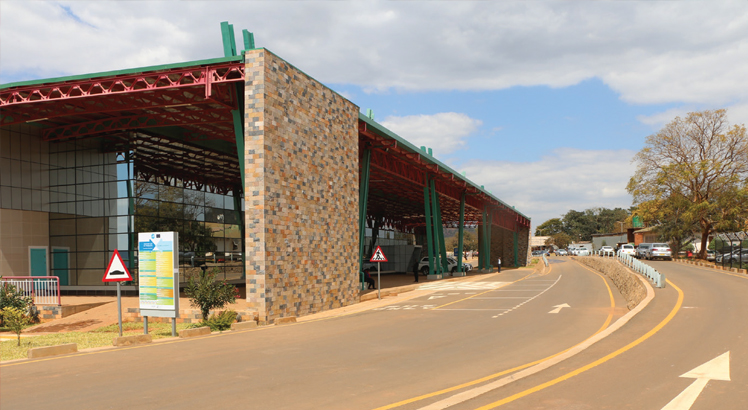Economic potential of Africa’s youth
This week, hundreds of agriculture experts from the public and private sector have converged on Lusaka, Zambia for the 2015 African Green Revolution Forum (AGRF). A key priority of this year’s meeting is to move aggressively to incorporate Africa’s soaring youth population—the 226 million people between 15 and 24 who have made Africa the world’s youngest continent—into the efforts already underway to embrace our family farmers as the focal point for Africa’s economic transformation.
But a new report on African youths and agriculture released at the start of the meeting has made it clear that we have our work cut out for us. An analysis from the group I lead, the Alliance for a Green Revolution in Africa (Agra), found that a lack of land, extension services, credit, quality farm inputs, machinery, markets and other impediments are preventing agriculture from providing jobs on and off the farm for a youth population that accounts for 65 percent of the total population in Africa—and more than 10 million of them entering the labour market annually.
Today, the top 10 countries with the world’s youngest population are all in sub-Saharan Africa, a region where the average age is 16.5 years, compared to a global average of 29.6 years. And it is only getting younger. Our region now holds 19 percent of youths and this “youth bulge” will swell to 27 percent by 2030. Can agriculture help provide hope for their future?
Agra’s 2015 Africa Agriculture Status Report (AASR) shows that in rural areas, two-thirds of our young people are already engaged in agriculture. But the report noted that a large number of African youths take a dim view of farming as a career opportunity. In fact, the more education young Africans receive, the more likely they are to see farming as drudgery—as something you do only as a last resort.
Would you blame them? I would not!
I have seen examples all over the continent of the enormous progress African farmers can make when given more options in the seeds they plant, in the fertilisers they use, and in the agriculture markets where they can sell their produce.
In particular, a serious investment and focused attention to progress in agriculture helped Rwanda achieve a 20 percent reduction in poverty in less than 10 years. Agriculture-led growth is underway in many other countries, including Ghana, Malawi, Ethiopia, and Mozambique.
And when agriculture is more productive, poverty falls. One study found that in Africa, growth in agriculture is five times more effective at reducing poverty than growth in any other sector.
Yet it is understandable that today, many young Africans are pessimistic about agriculture. They see too many farmers and agriculture businesses in Africa struggling to survive. And the food they see in the local store often comes from abroad. Africans spend $40 billion each year on food imports. In particular, about 80 percent of the high-value food products consumed in Africa are grown, processed and packaged outside of Africa.
But the economic opportunities in agriculture are much bigger than many may realise. A recent assessment by the World Bank found that by 2030, serving the food demands of Africa’s growing middle class alone will create a market worth $1 trillion. African “agri-preneurs” can own that market if we tap the two assets that should be an unbeatable combination: the world’s largest population of young people, and the world’s largest holdings of uncultivated arable land.
Our youths can become the labour force and brain trust that harvests the wealth of that $1 trillion food market. Only then can we watch the narrative of African agriculture transform, from farming as drudgery and a struggle to survive to farming as opportunity and a business that thrives. n





